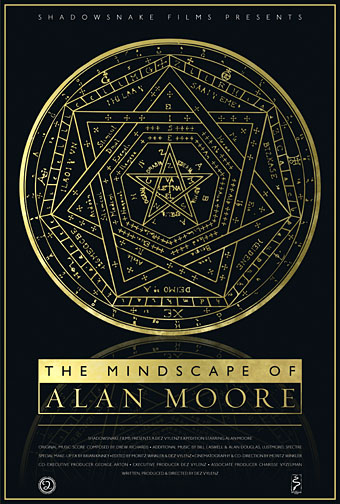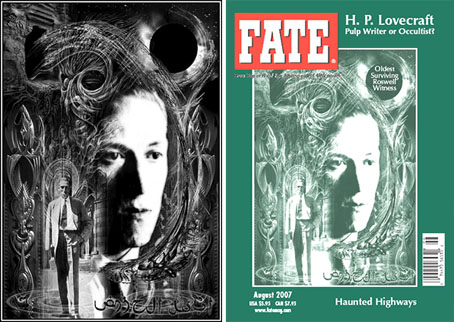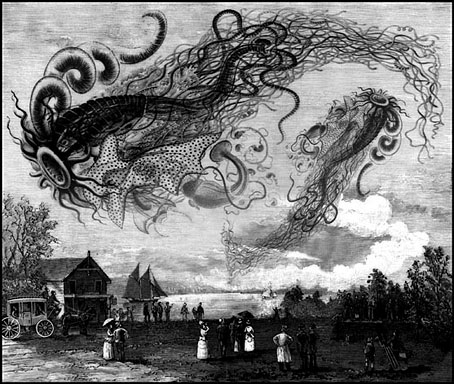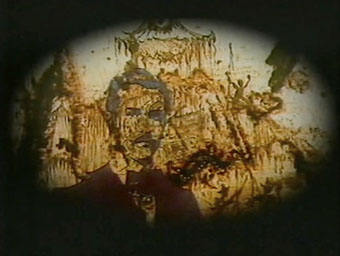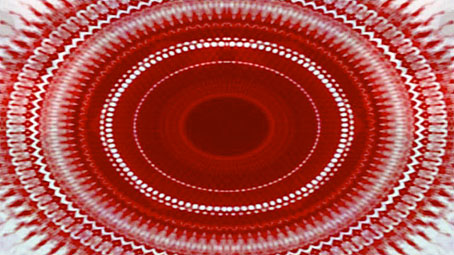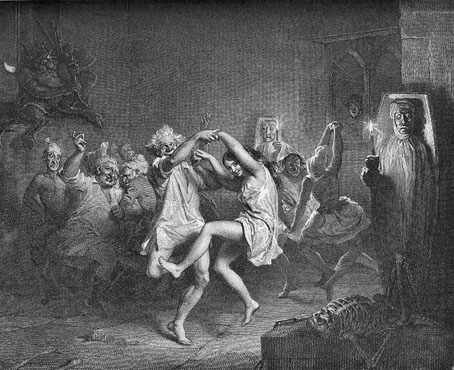A couple of things worth noting this month. I’d already done a poster design for The Mindscape of Alan Moore but Dez asked for some variations. This one uses the John Dee pentacle which was featured throughout the DVD package and interface design. Alan has referred to Dee and his works on many occasions, and the pentacle is seen briefly in the film, so it was a good touchstone especially since Dee’s interests were as wide-ranging as Alan’s. I prefer this design, to be honest, the original one looks too busy now.

Then there’s this sneak preview detail from a very large picture I was asked to produce for an exhibition opening in October. This is Lovecraft-related (no surprise there) which is all I’ll divulge at the moment. Rest assured that all will be revealed in a month or so.

